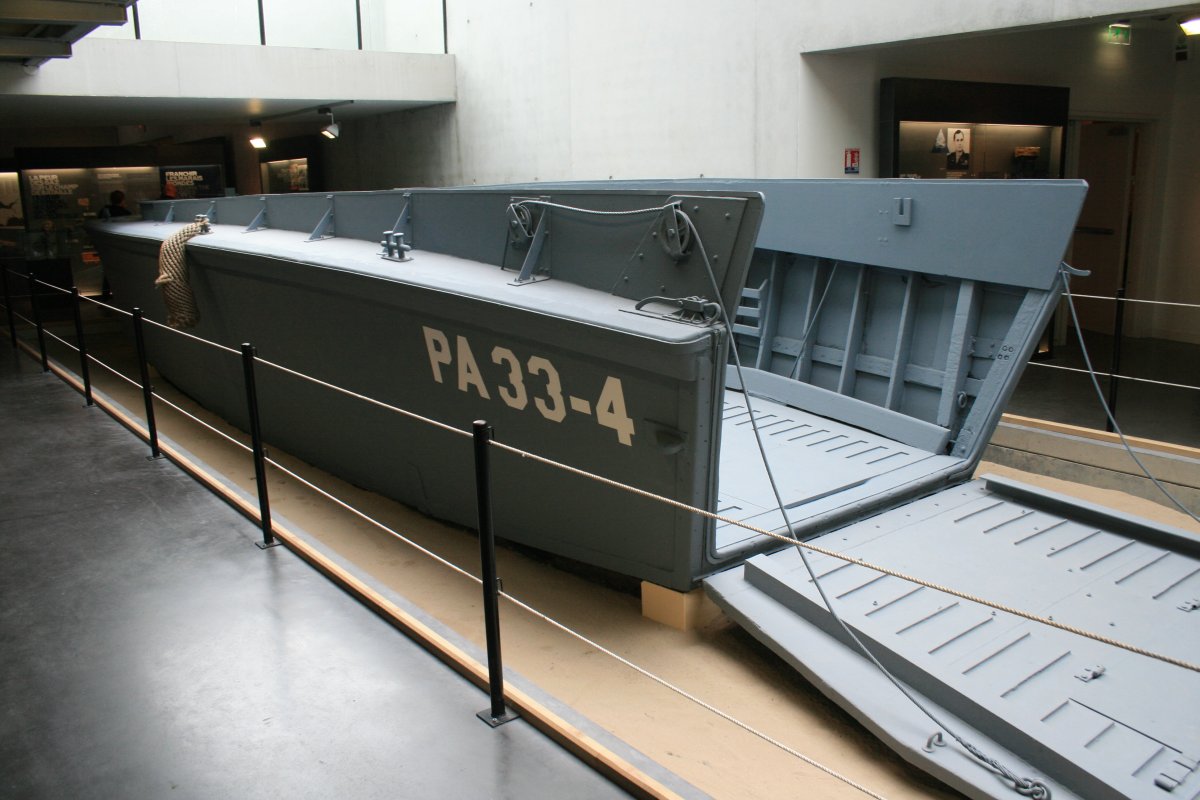France - June 2016 - Utah Beach, Normandy
We left the Mont St-Michel area in the morning and headed north to the Utah Beach Landing museum. Along the way, we passed by names immediately familiar to any World War II buff: Avranches, St. Lo, Carentan.
I wasn't expecting too much from Utah Beach as the Americans came ashore there without too much trouble. I just assumed there wouldn't be much to see; we'd just check out the wide, flat beach and dunes and then move on. But it turns out they have an excellent museum at Utah Beach. It was all covered in the Rick Steves book but I hadn't read that section.
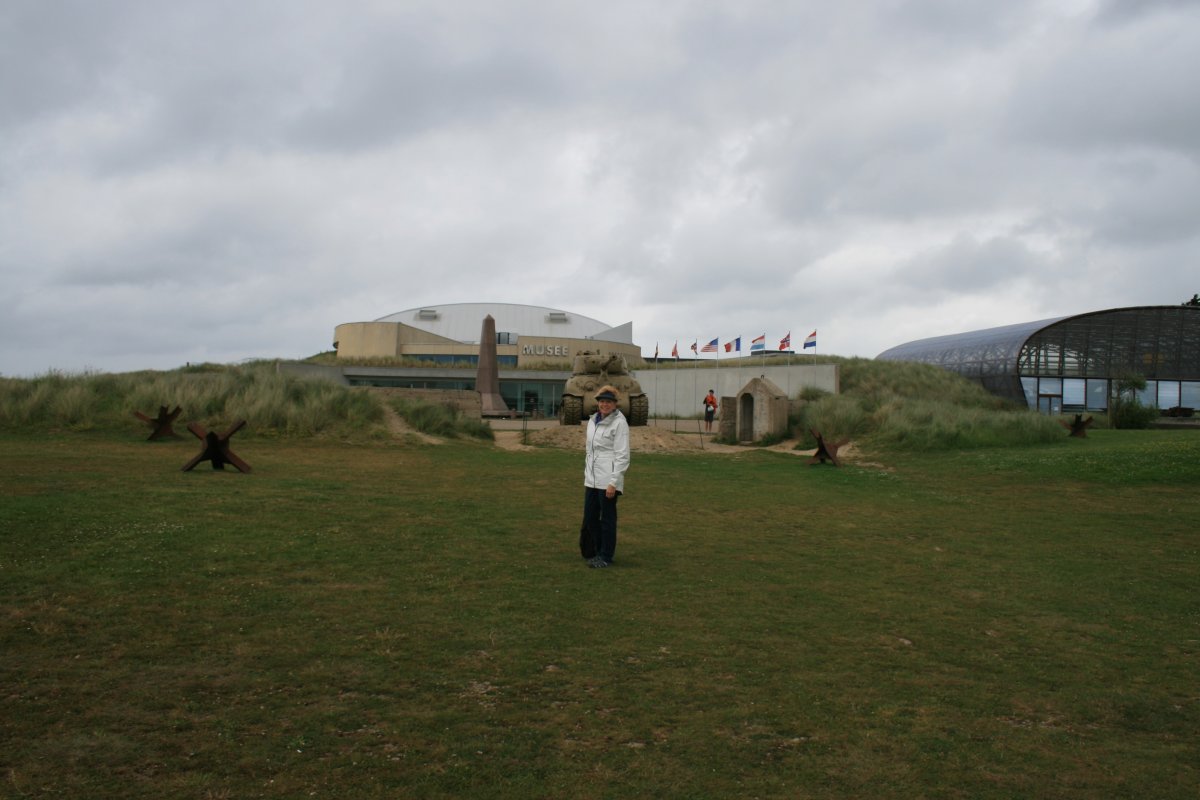
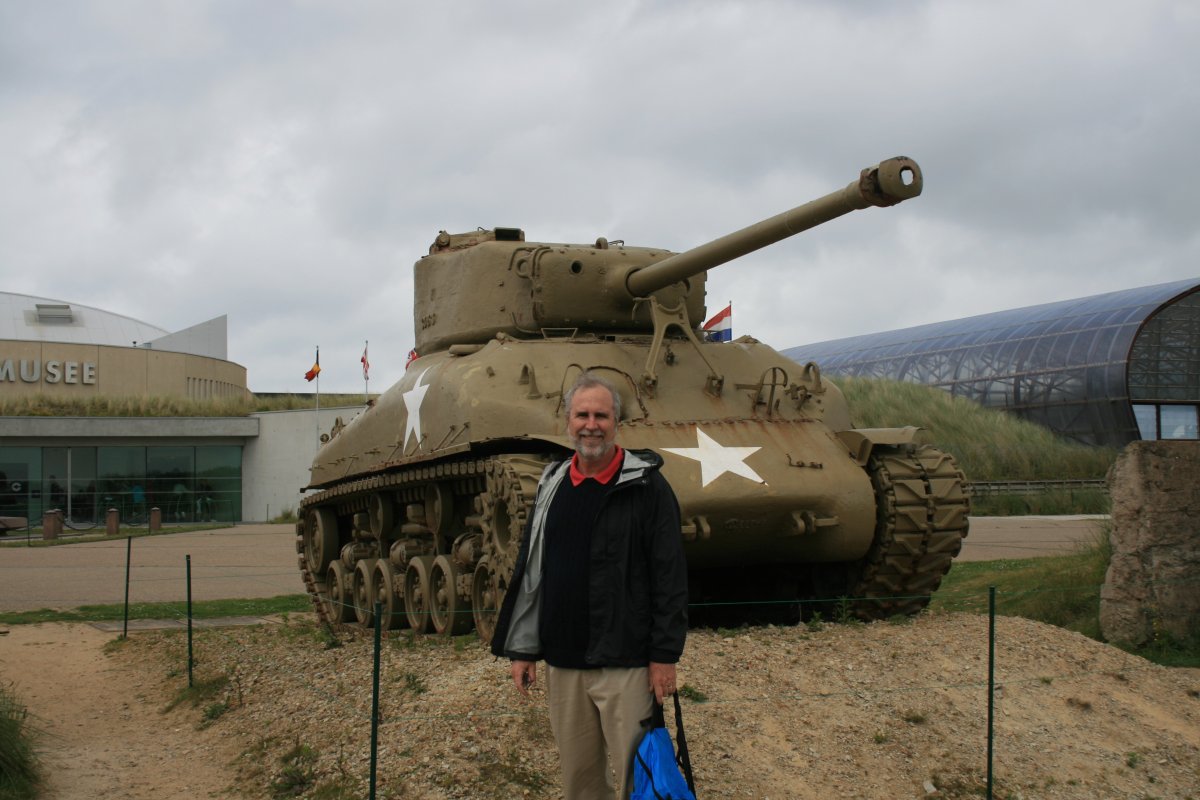
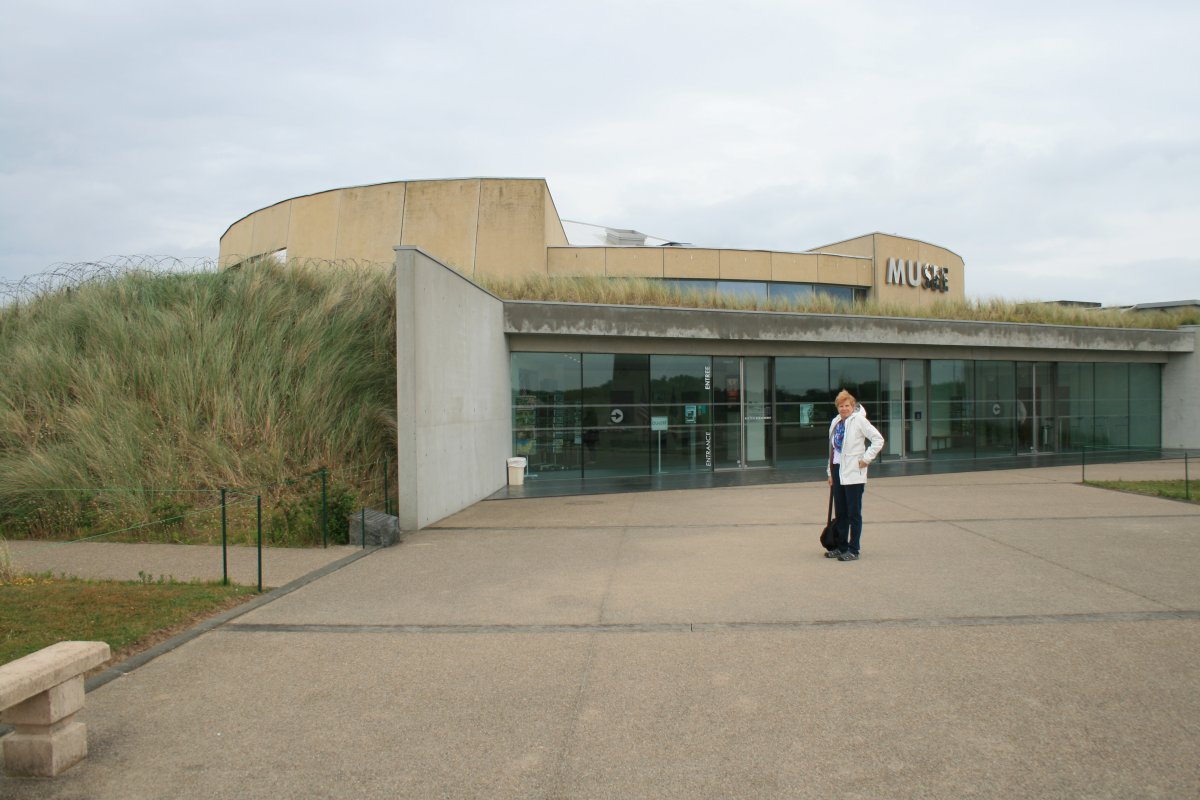
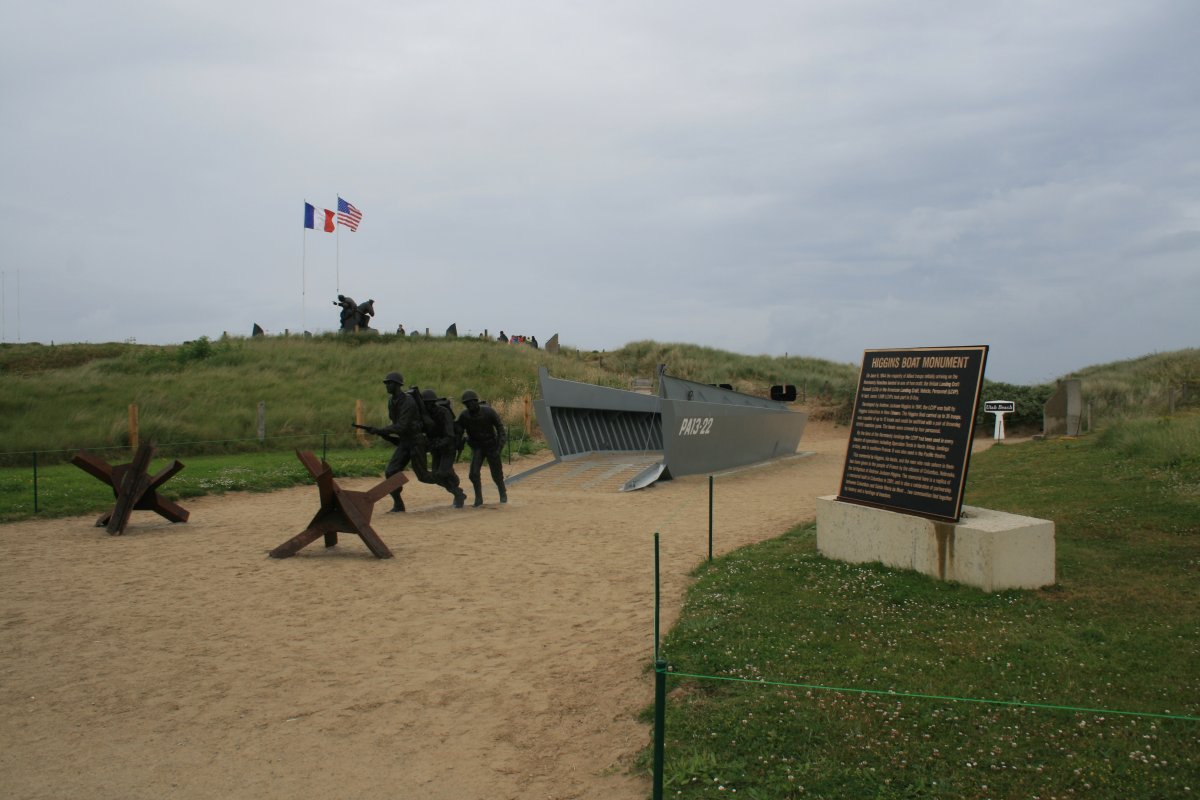
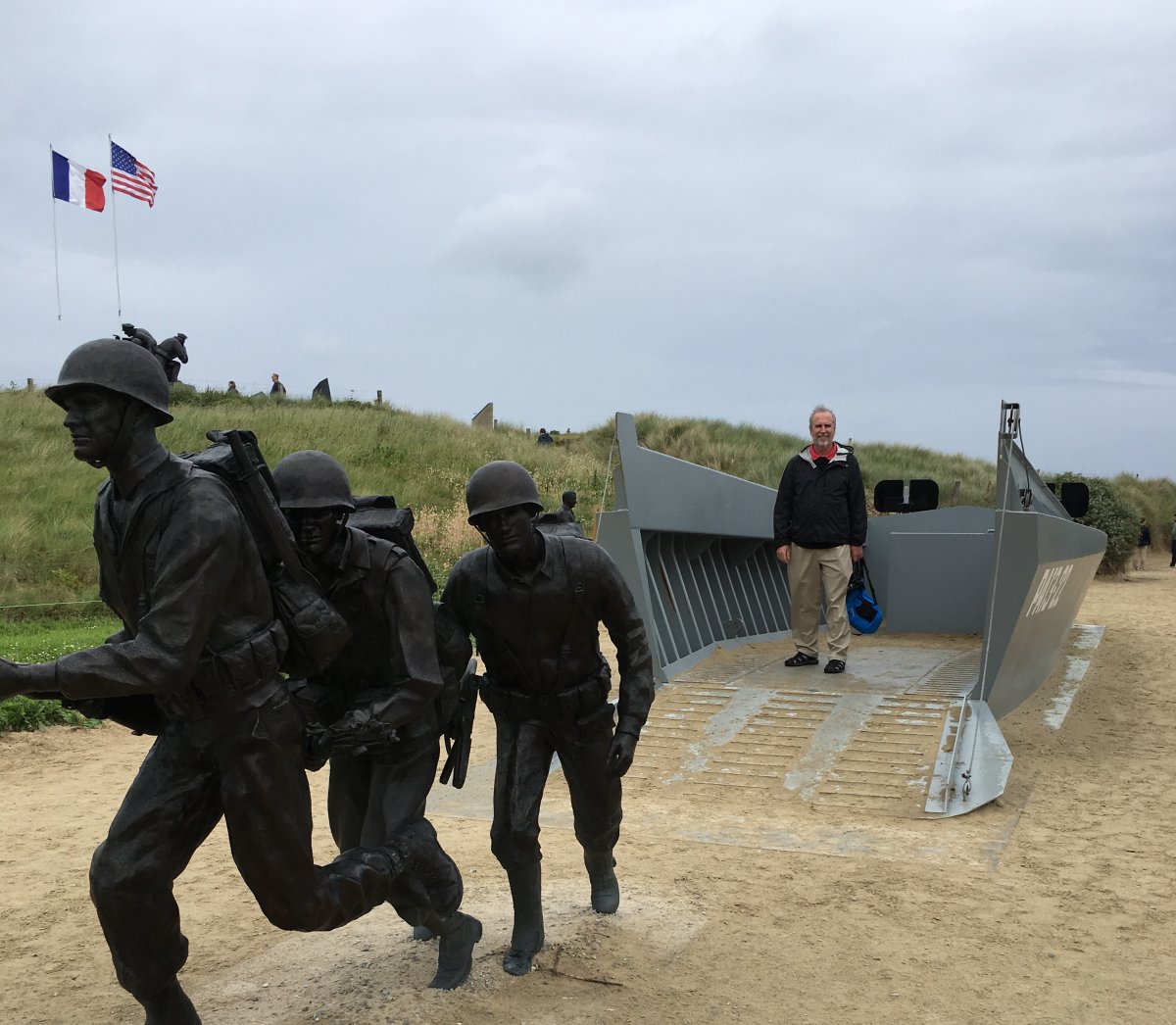
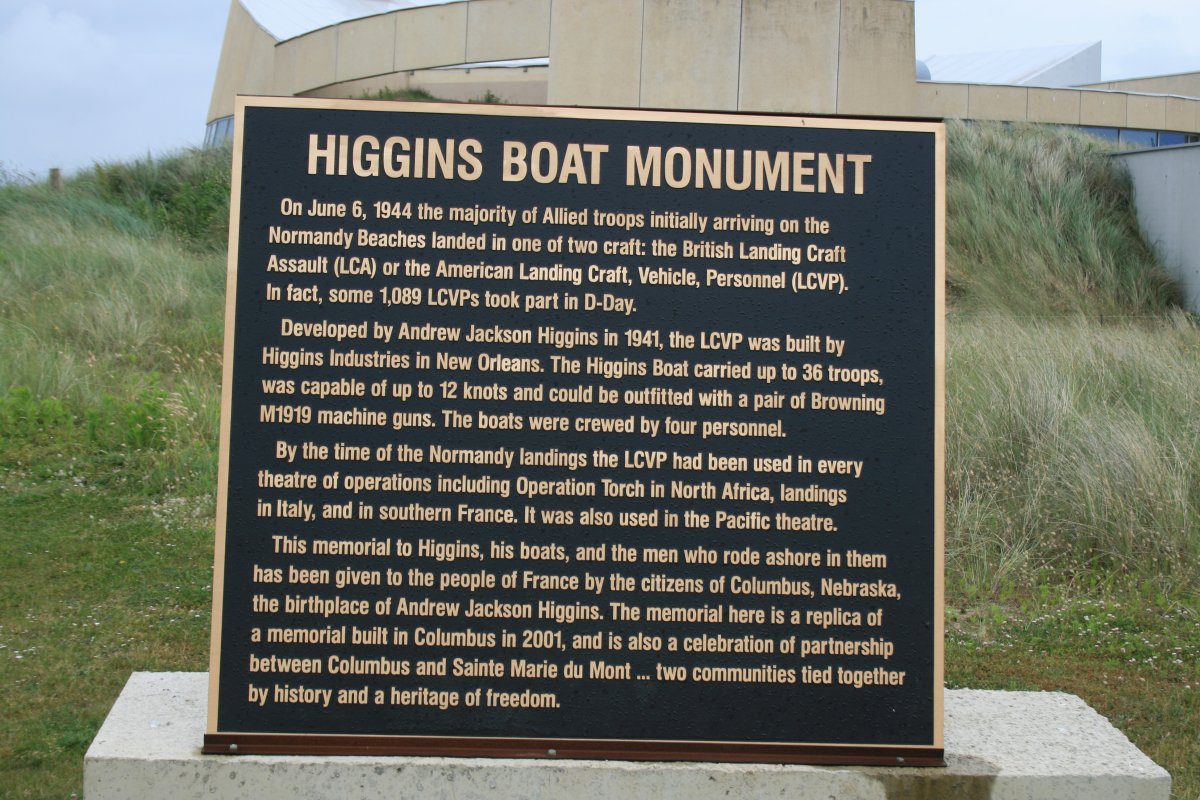
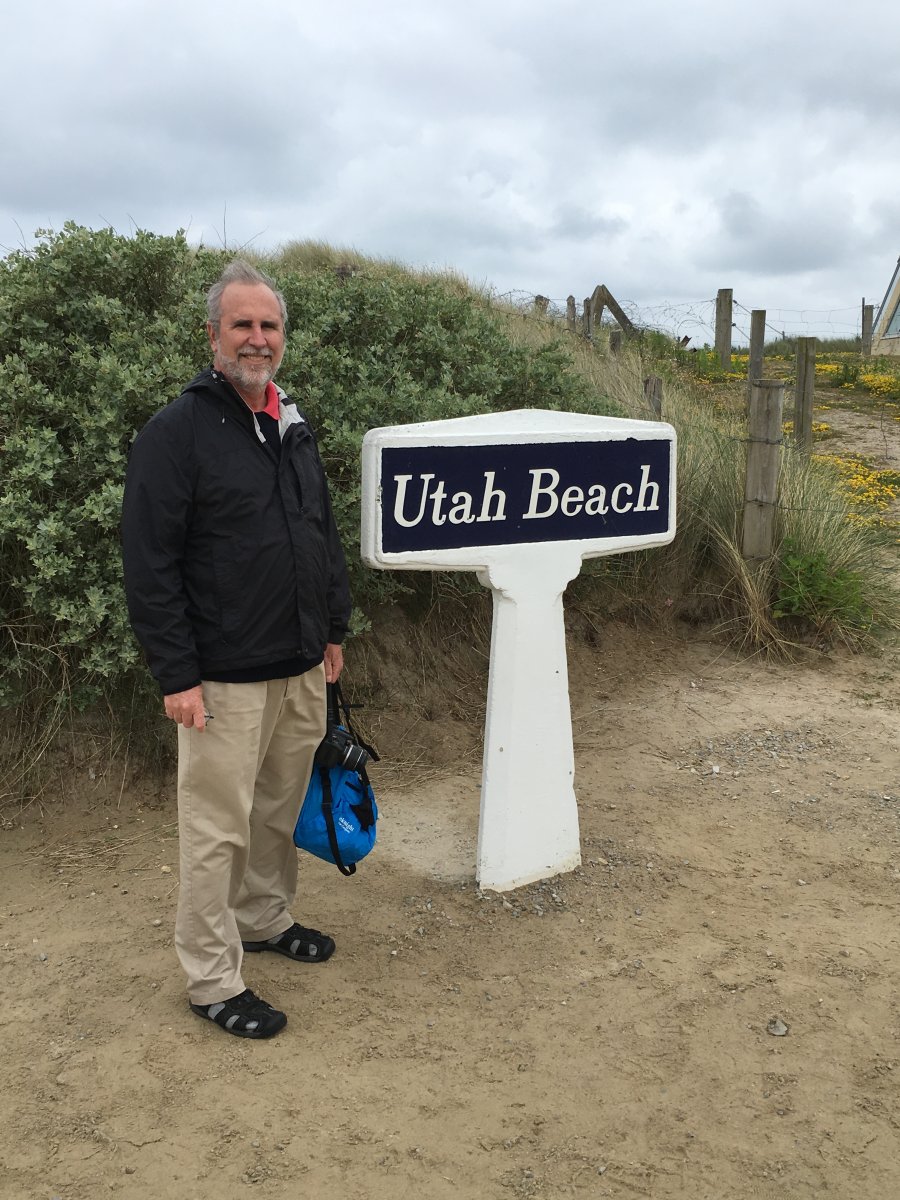
I was happy to see this nice memorial to the U.S. Navy at Utah Beach.
The eighteen ships that bombard Utah Beach for 40 minutes prior to the landing included the US Navy battleship Nevada -- damaged at Pearl Harbor -- the Royal Navy monitor Erebus, the heavy cruisers Hawkins (Royal Navy) and Tuscaloosa (US Navy), and the gunboat HNLMS Soemba (Royal Netherlands Navy).
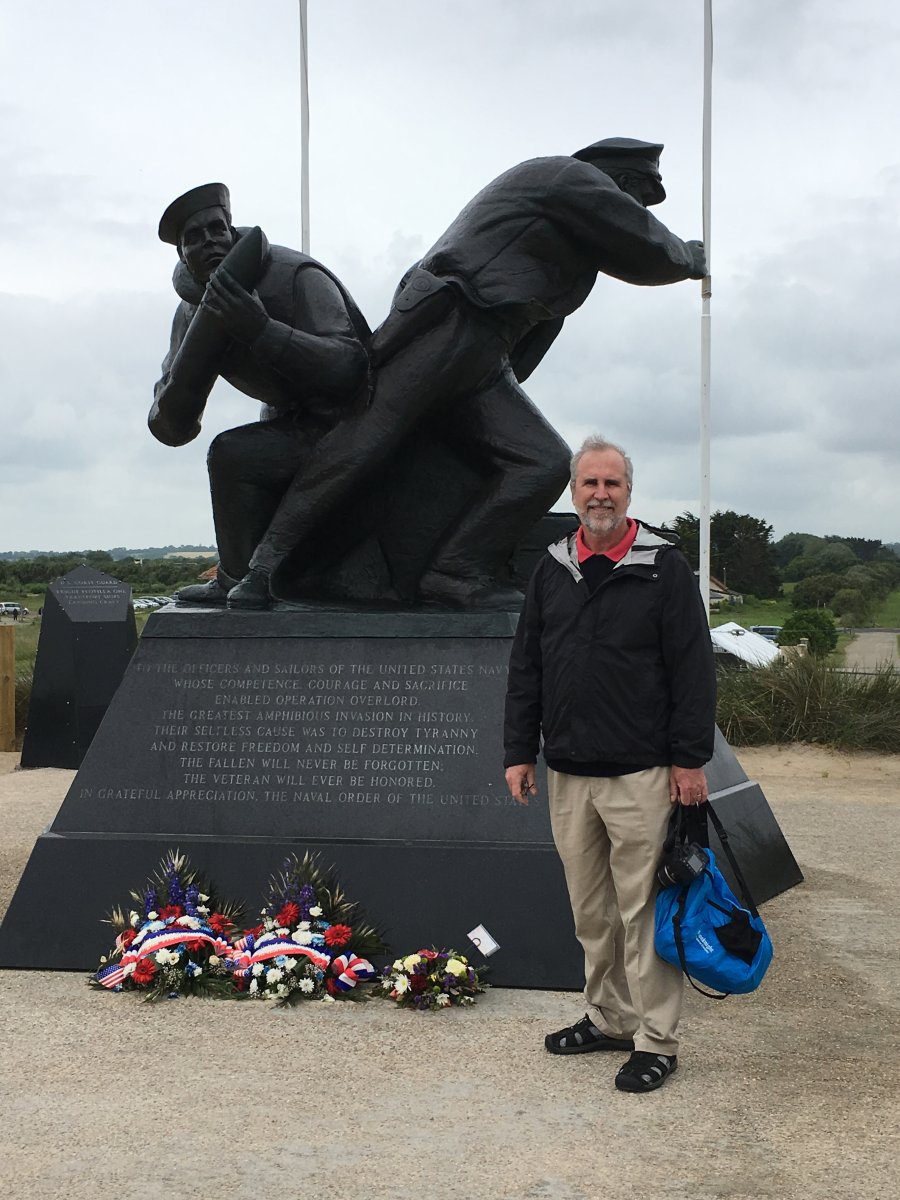
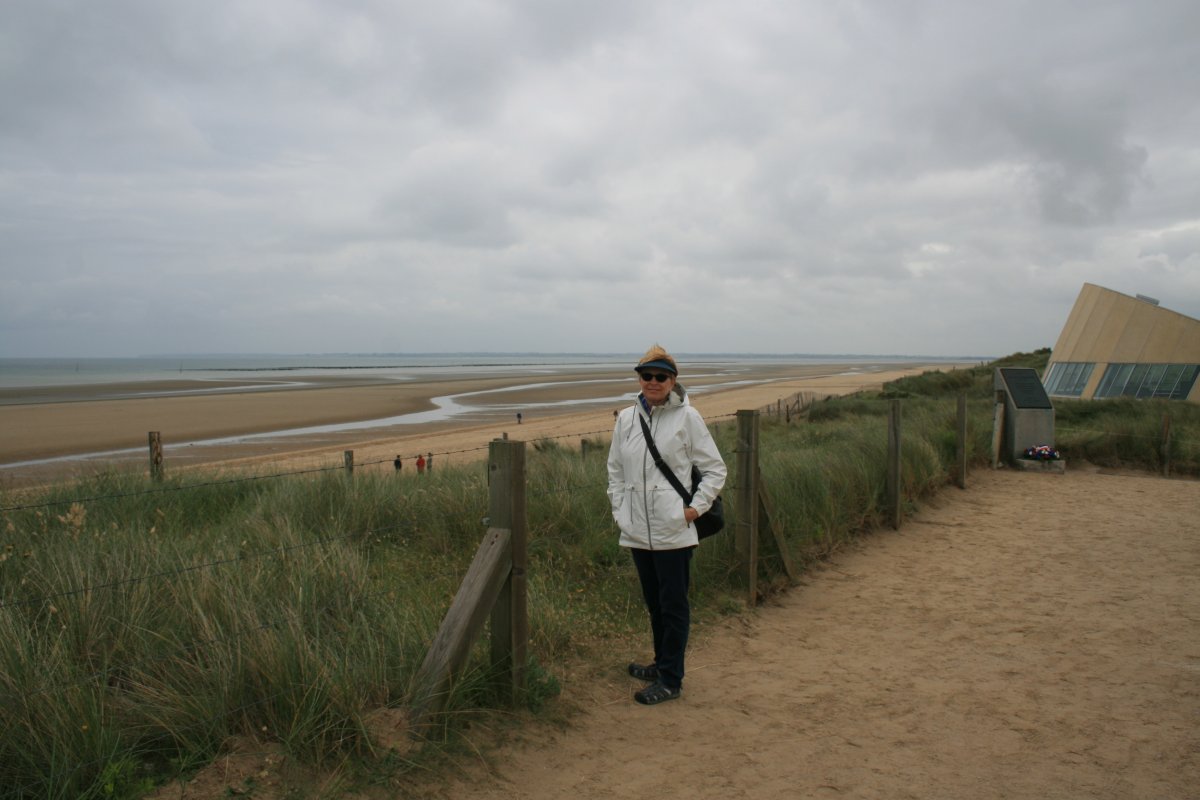

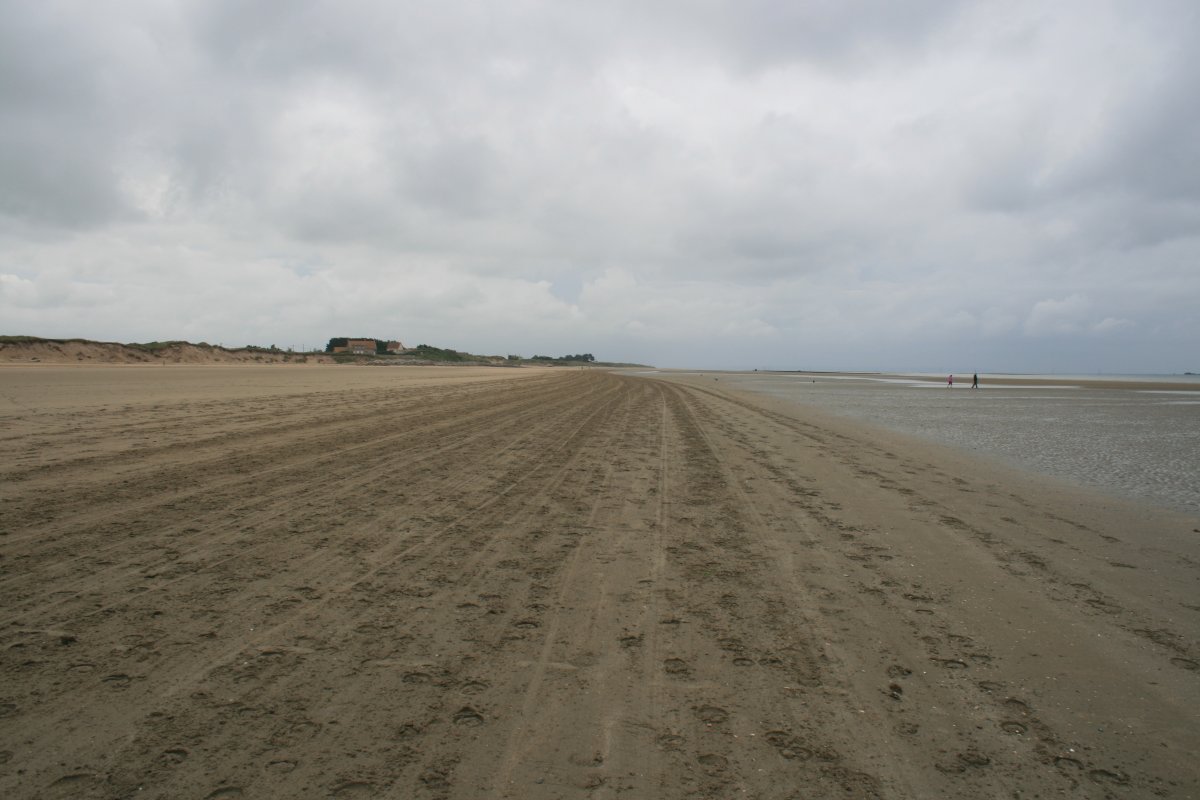

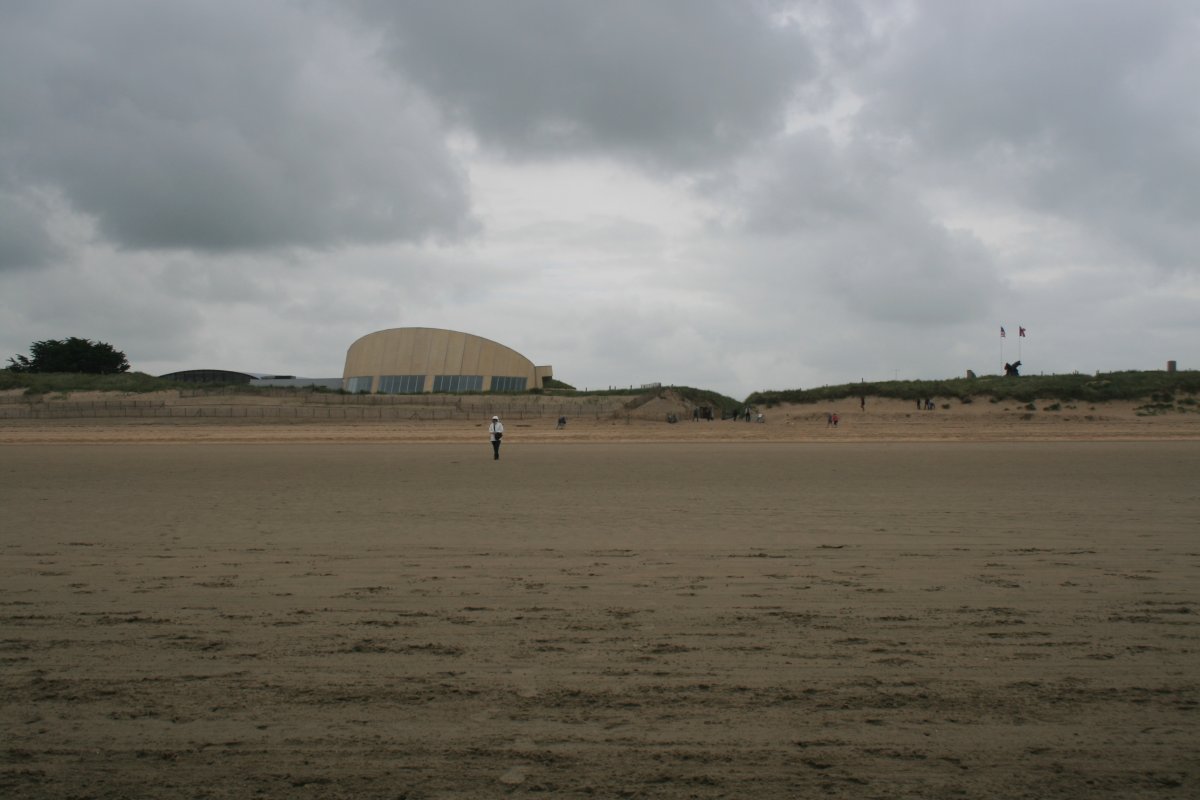
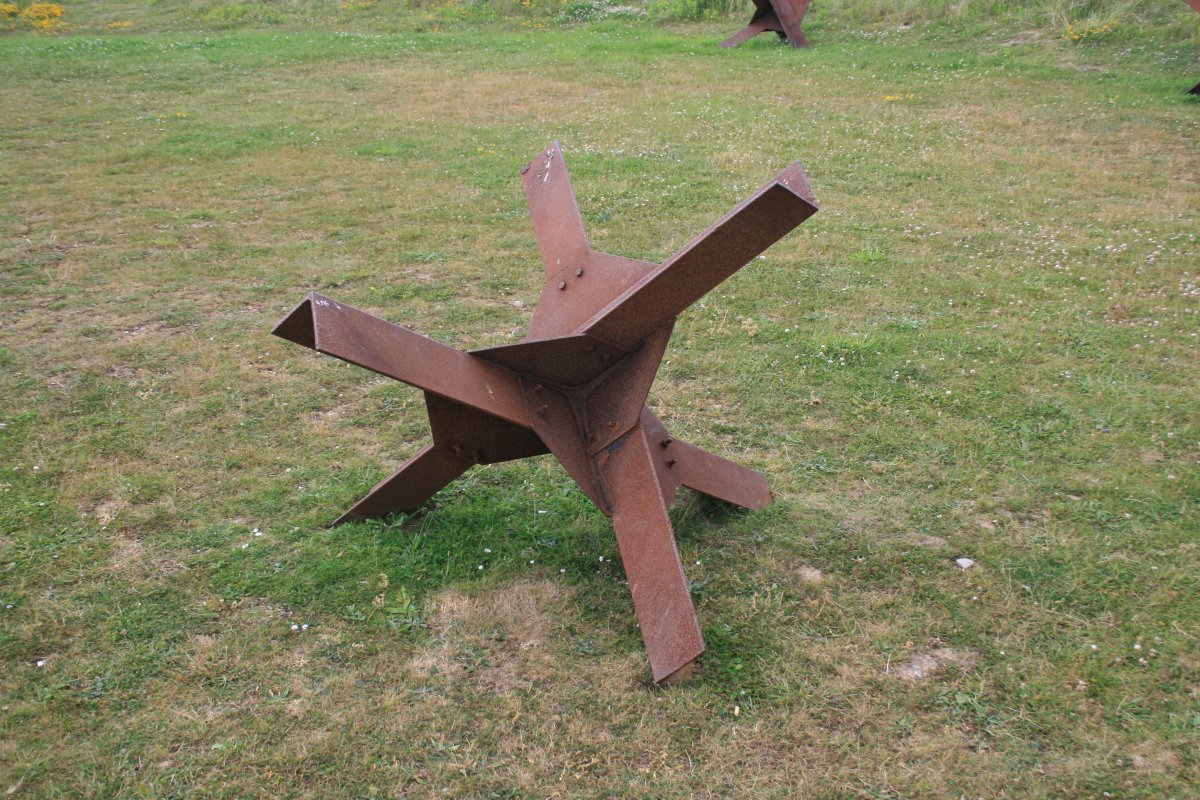
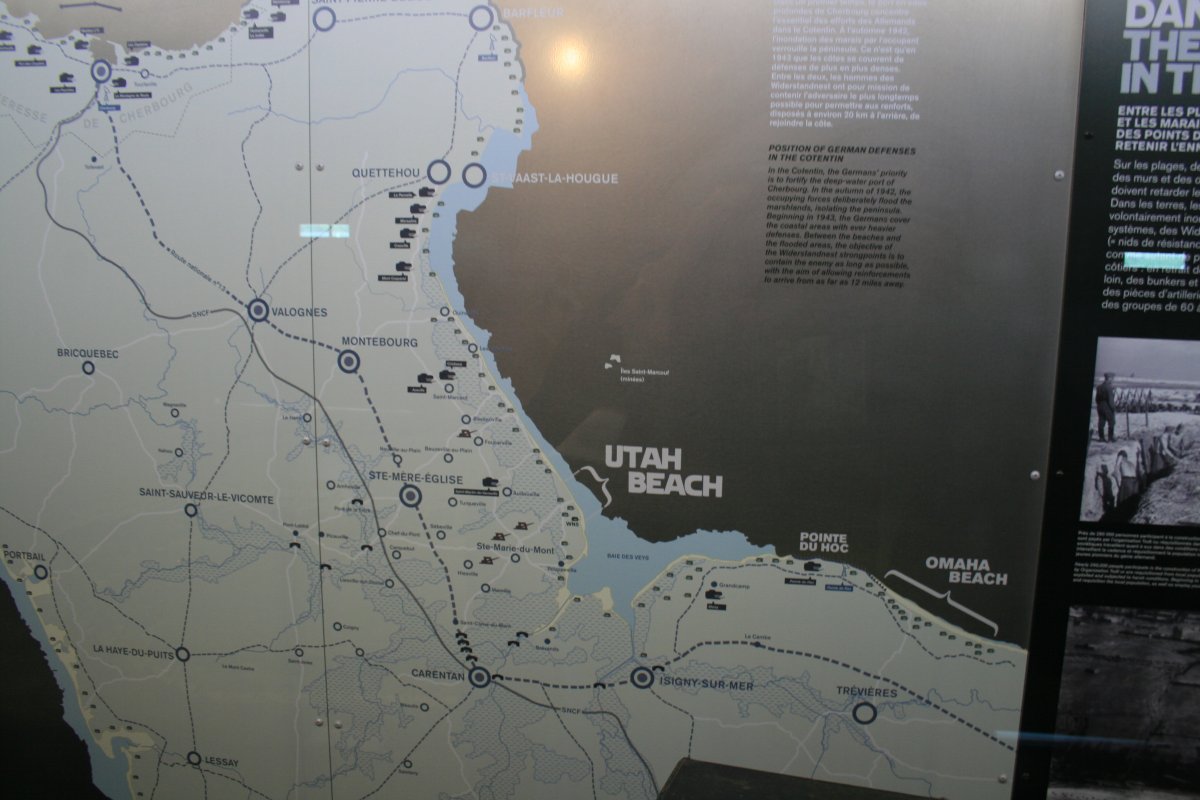
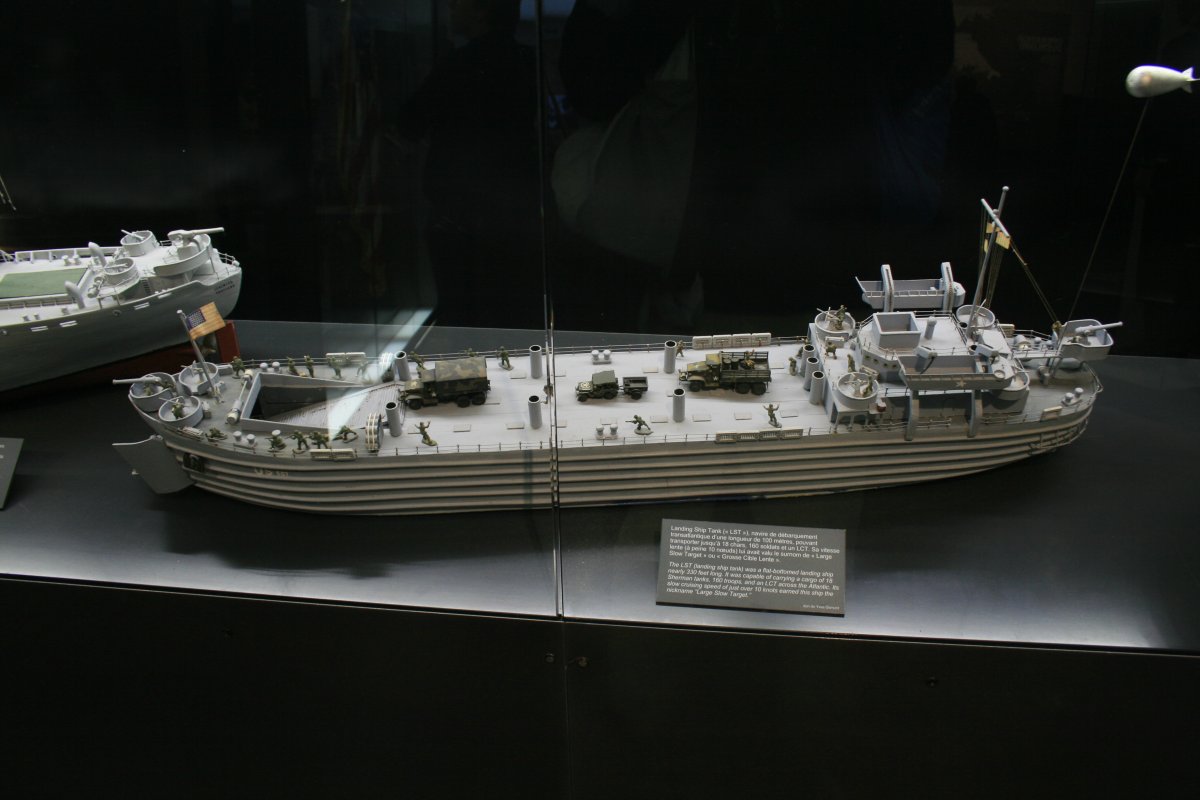
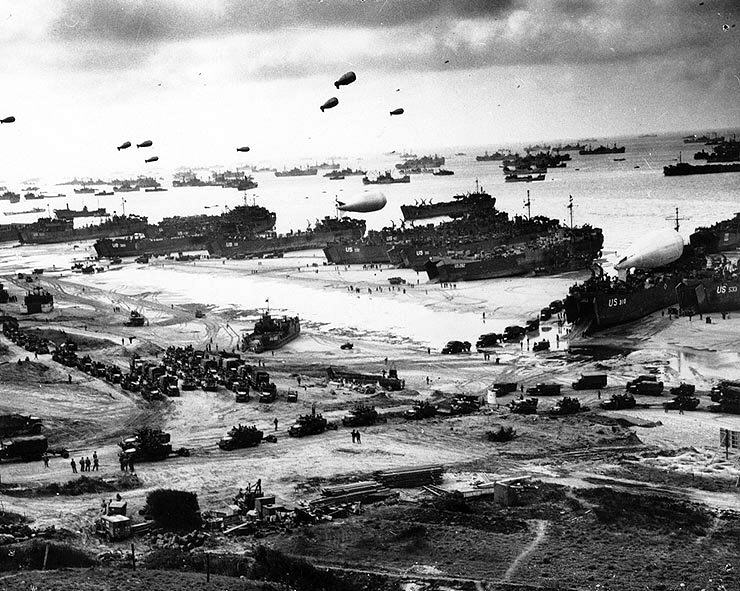
A B-26 Marauder on loan from the French Musee de L'Air. 300 B-26s bombed the German beach defenses at Utah Beach twenty minutes prior to the landing. They bombed at the relatively low altitudes of 4,000 to 6,000 feet to stay under the cloud cover; as a result the bombing was highly effective -- unlike at Omaha Beach -- with the loss of two aircraft.
The B-26 played an interesting role in making this museum perhaps the best one on the D-Day beaches. With an interest in the Second World War, brothers David and Gene Dewhurst visited the Utah Beach D-Day Museum on a family trip. In an exhibit, they recognized a photo of their father, Major David Dewhurst, posing at the foot of his B-26 Marauder with his crew and learned that he was a decorated squadron commander, who courageously led the final bombing run on the German stronghold WN5 on Utah Beach, moments before the Allied landing. The two brothers were stunned by their discovery, as their father, Major David Dewhurst, had died when they were very young, and they knew very little about him. Inspired by their visit, the brothers decide to spearhead the major renovation and expansion project of the Utah Beach Landing Museum that had been under review for several years. They went on to finance over a third of this ambitious project which was completed in 2011.
This particular B-26 was built in 1945 at the Glenn L. Martin factory, which is now Martin State Airport, only a few miles from the little airport where I keep my plane.
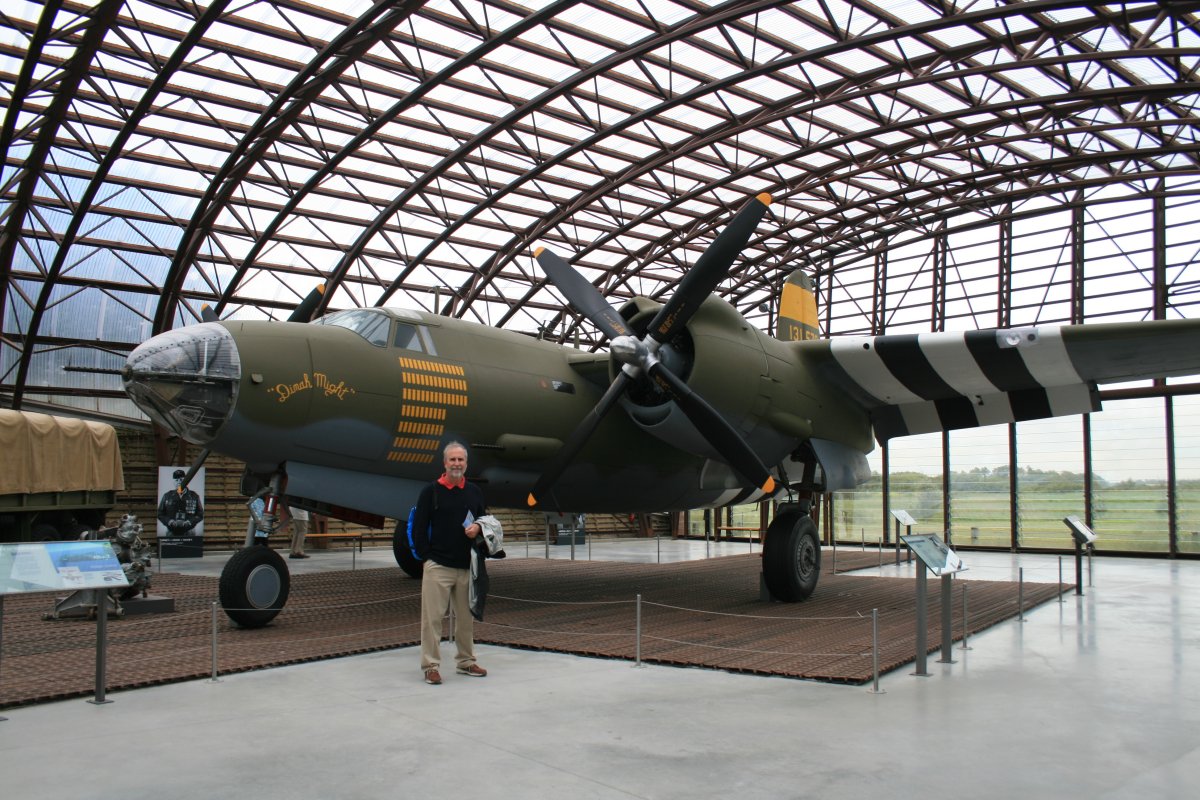
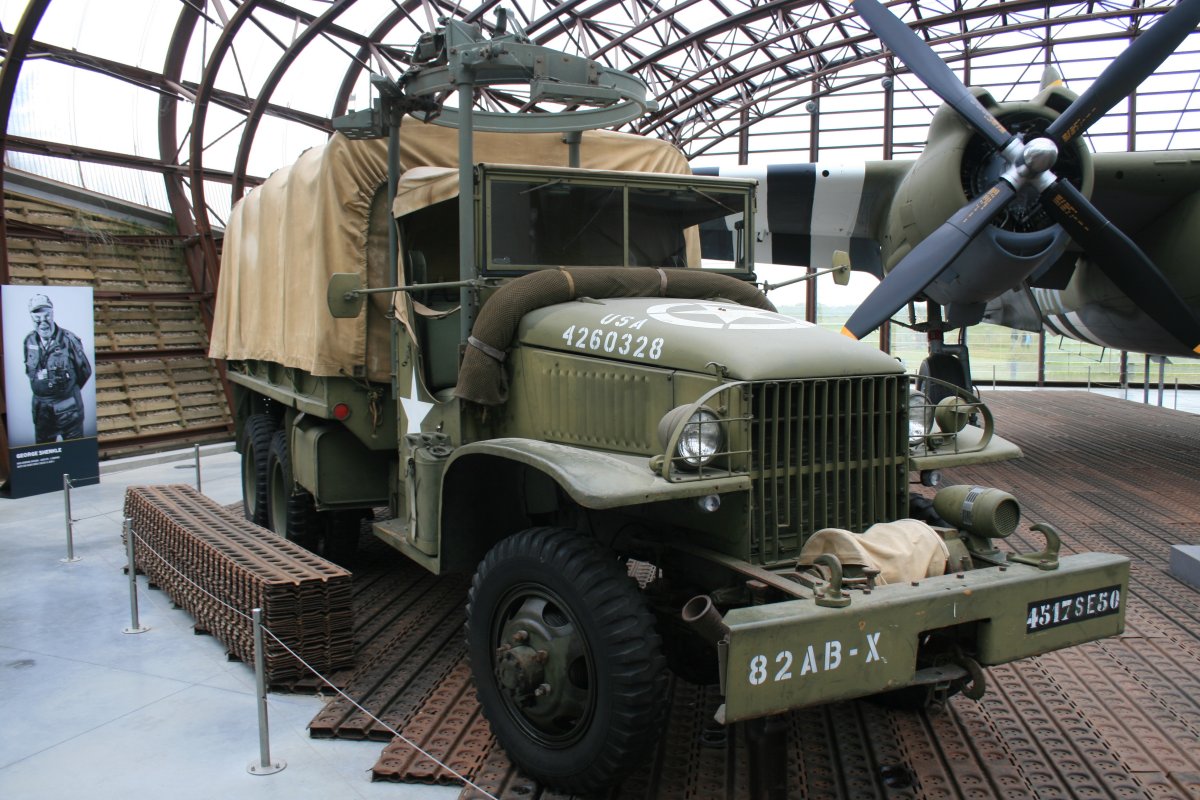
A full-scale diorama of the German beach defenses. Note the "manufactured steel and concrete" fox-hole in the center of the picture.
At the top is the DUKW, or "Duck" which was basically an amphibious 2 1/2 ton truck.
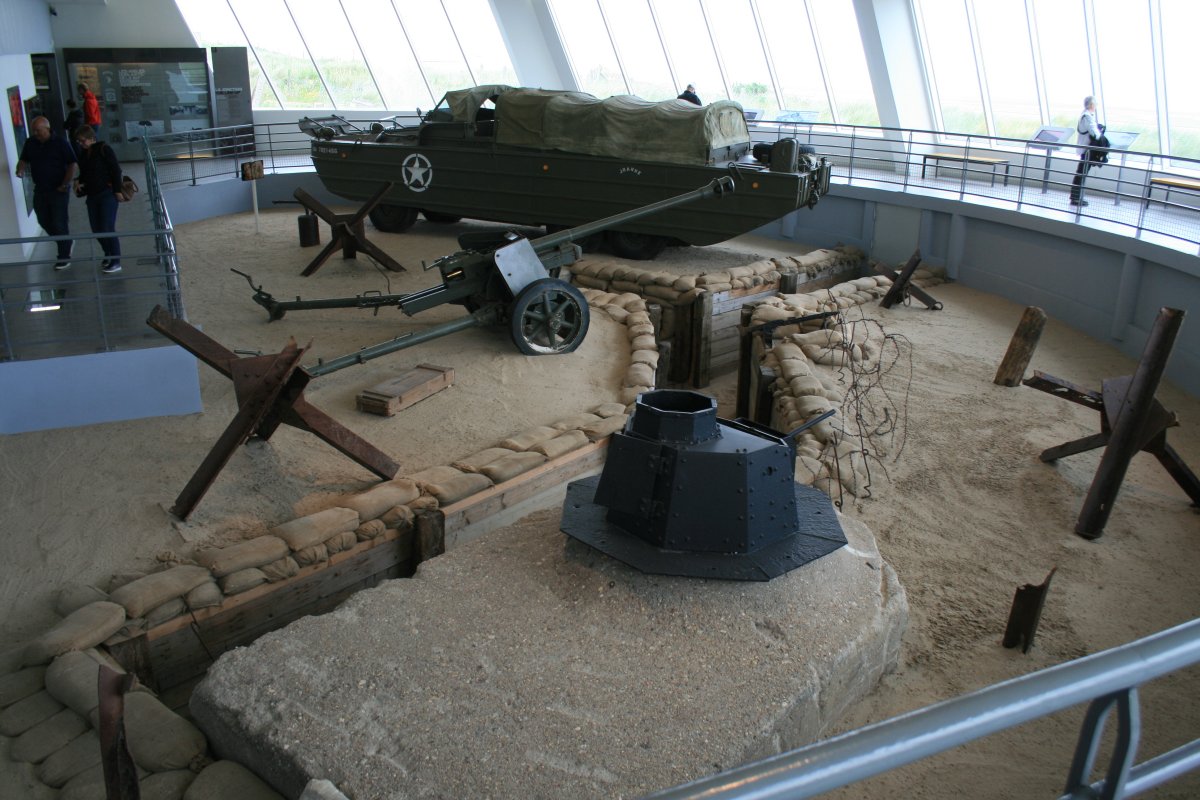
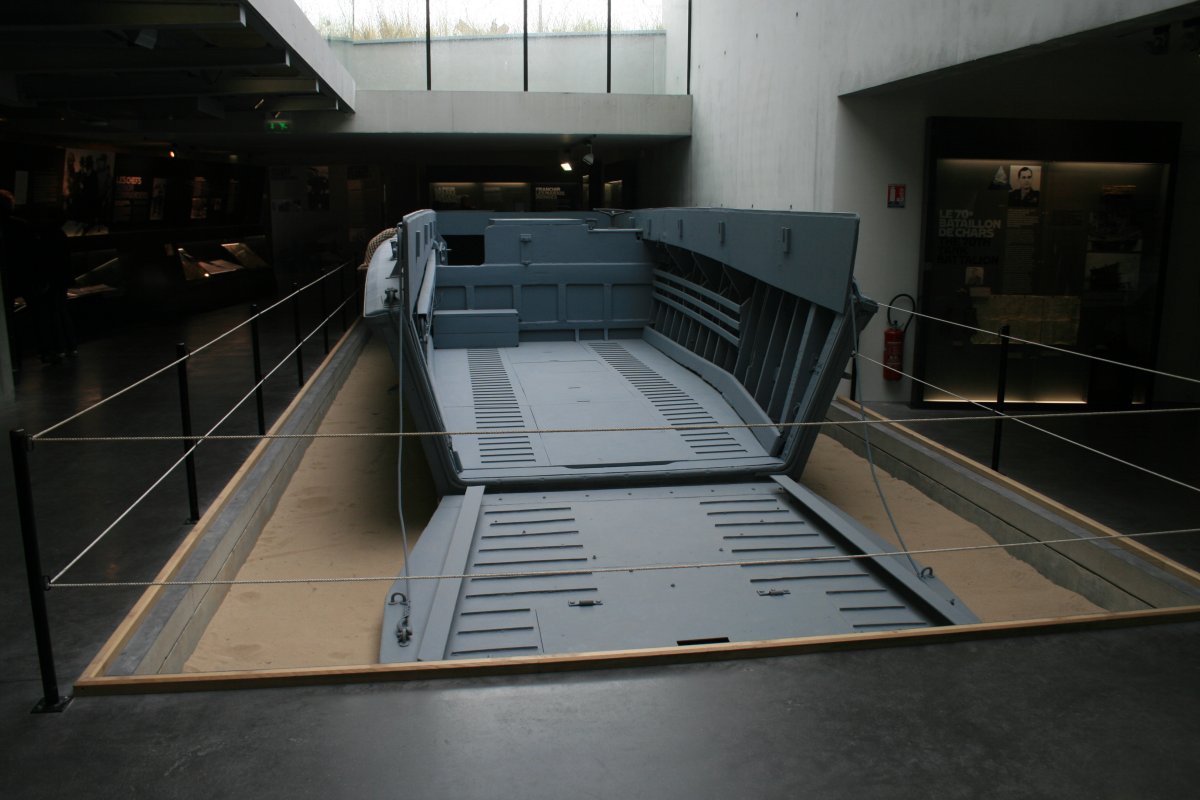
I close out Utah Beach with this quote prominently displayed at the museum. It is by the great French aviation writer Antoine de Saint-Exupéry -- killed July 31, 1944 flying a P-38 on a reconnaissance mission from an airbase on Corsica:
"I left the United States in 1943 to rejoin my wartime comrades in North Africa. I travelled onboard an American naval convoy. This convoy transported fifty thousand of your soldiers from the United States to North Africa. Upon awakening, I took a walk on the deck, and found all around me a city on the move. Thirty ships moved powerfully on the ocean. But I felt something else besides a simple feeling of power. For me, this convoy reminded me of a crusade rejoicing.
American friends, in the interest of justice, I would like to be fair to you all. It is possible that you will take advantage of your material power, today or in the future, in a way that will seem unfair to us. It is possible the day will come for serious discussion between us. If the war is won by believers, peace treaties are sometimes decided by businessmen. Oh well, even if one day I become disdainful of some of their decisions, these reproaches would never allow me to forget the noble objectives of your people during the war.
In regards to the quality of your character, I will always hold the same to be true. It is not in the pursuit of material interests that mothers in the United States gave up their sons. It is not in the pursuit of material interest that these boys accepted the risk of death. I know – and I will say it again later at home – for what spiritual crusade each of you has given himself to the war.
If your soldiers had gone to war only for the defense of American interests, the propaganda would have emphasized your oil fields, your plantations, and your threatened commercial markets. Instead, it scarcely touched on such subjects. If other things were being spoken of, it is because your boys wanted to hear something different.
And what were they told that could motivate them to sacrifice their lives? They were told of hostages hanged in Poland. They were told of prisoners shot in France. They were told that a new form of slavery threatened to extinguish a part of Humanity. They were told not about themselves, but of others. That gave them a sense of solidarity with all mankind.
The fifty thousand soldiers in my convoy went to war not to save American citizens, but rather for Man himself, respect for Mankind, liberty for all man, the greatness of Man…"
